You have your camera and you’ve been practicing daily, but you are just disappointed in your photos. This may be a result of the poor quality of the kit lens. Therefor you dig into some research and here enters the comparison game of the 35mm vs 50mm lens you will see all over the internet
Have no fear, we are going to break it down so you will feel confident in making a decision on which lens is a better fit for you and your photography style.
When people ask me what camera to get, I suggest purchasing only the body and then buying a lens separately. Like most other photographers, I also recommend either the 35mm or the 50mm.
Table to Contents
35mm vs 50mm for Crop Sensor
Actually let’s back up a minute. Do you know if your camera is a crop sensor or full frame? This is important for this conversation.
Do a quick google search to find out if yours is full frame or crop sensor.
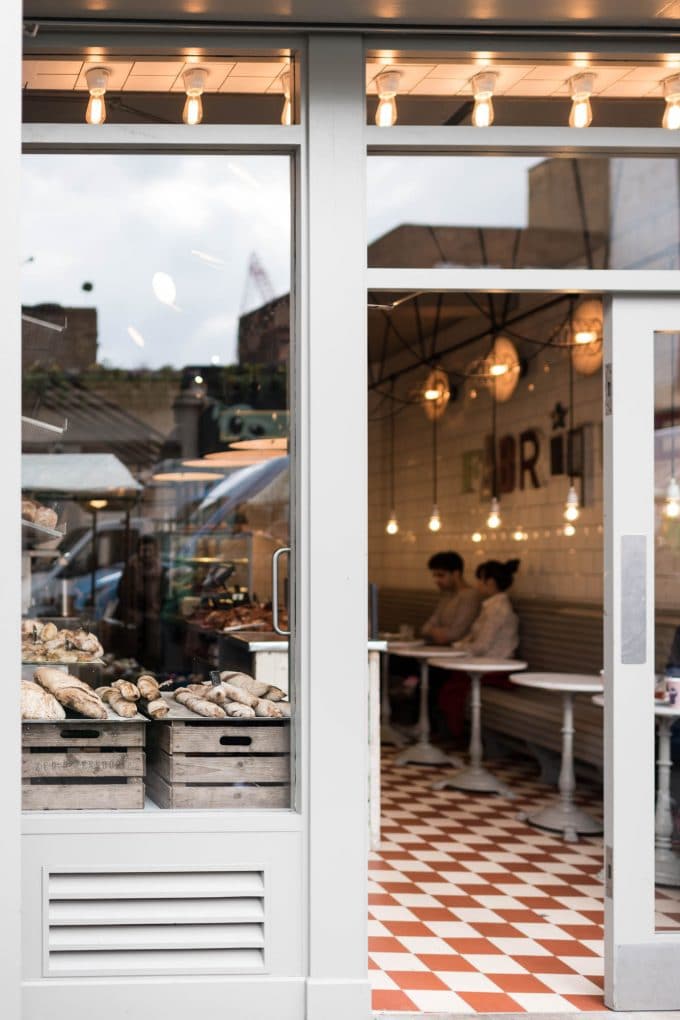
What does crop sensor vs full frame mean?
A full frame camera is one with a sensor similar to a 35mm film camera and a crop sensor has a smaller sensor. When talking about focal lengths of lenses on a full frame a 35mm is just that, 35mm in focal length.
Here is more about this: Everything you need to know about a full frame vs crop sensor
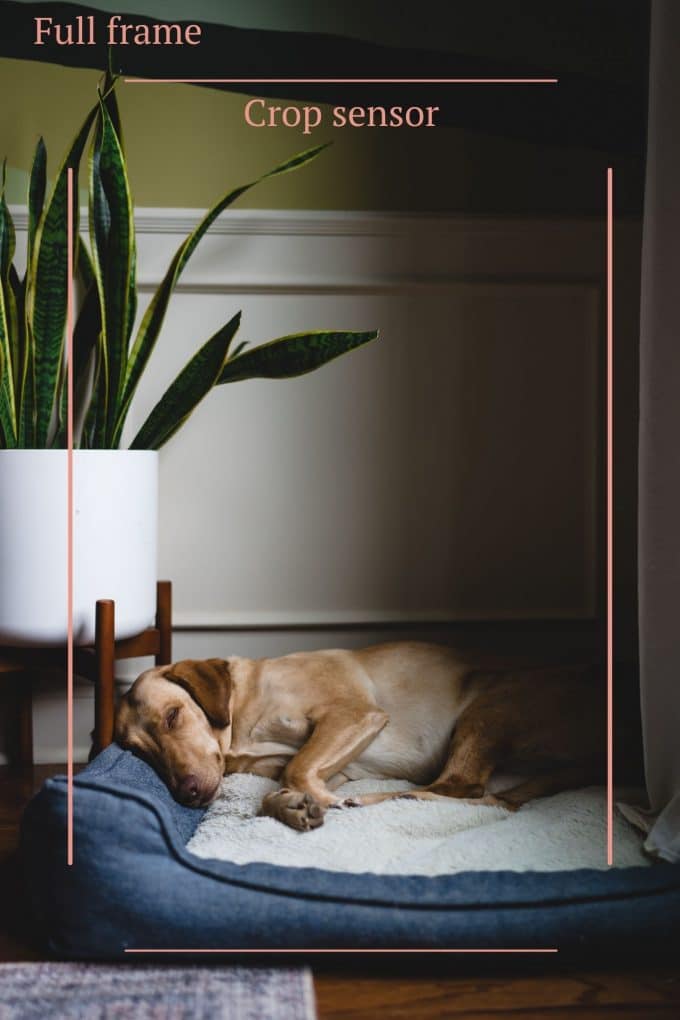
Crop sensors have 1.5x the focal length
With a crop sensor the focal length is not the same as you see on the lens. As a result, depending on your camera and its crop sensor you are typically looking at 1.5x the focal length.
In other words, a 35mm is more like 52.5mm and a 50mm is more like a 75mm. This is why people who shoot with a crop sensor often complain that a 50mm is too tight in indoor spaces. You are essentially shooting with a 75mm.
Here are some more photo examples Comparing a 20mm, 35mm, and a 50mm on a crop sensor.
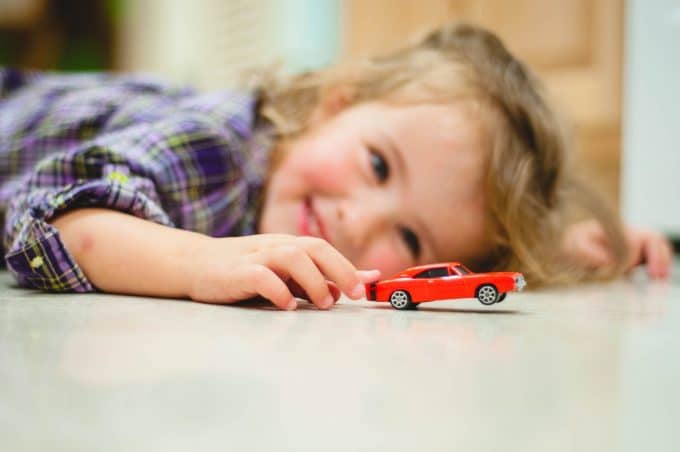
35mm vs 50mm: How they are similar
35mm vs 50mm both are prime lenses
This means that they are a fixed focal length. You can not “zoom” in and out. In other words, if you want to get closer to the subject you will need to move your legs to get closer.
You can choose between the f/1.4 or f/1.8
Both lenses offer you a choice, if you would prefer to have a lens that goes as wide as f/1.4 or if you prefer the more affordable f/1.8 version.
Not sure what the f/1.8 and f/1.4 mean? These are the widest aperture number the lens can go. Typically, lenses with a wider aperture number are seen as a higher quality lens as they are typically made better.
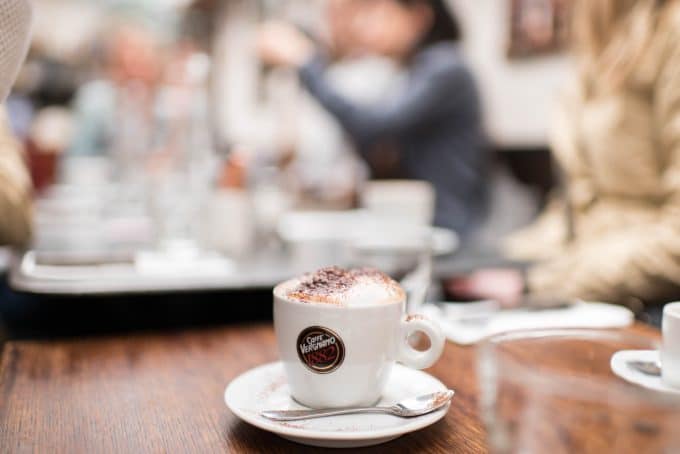
Canon users
Canon does NOT offer a 35mm f/1.8 version. However, Tamron does make a 35mm f/1.8 that works with a Canon camera. I own several Tamron lenses and am extremely happy with the quality of these lenses.
Read more about aperture and how it plays a part in how your photo comes out.
35mm Pros
The 35mm prime lens is probably the closest you will get to our normal point of view as far as the focal length goes. It has the wide angle without the lens distortion.
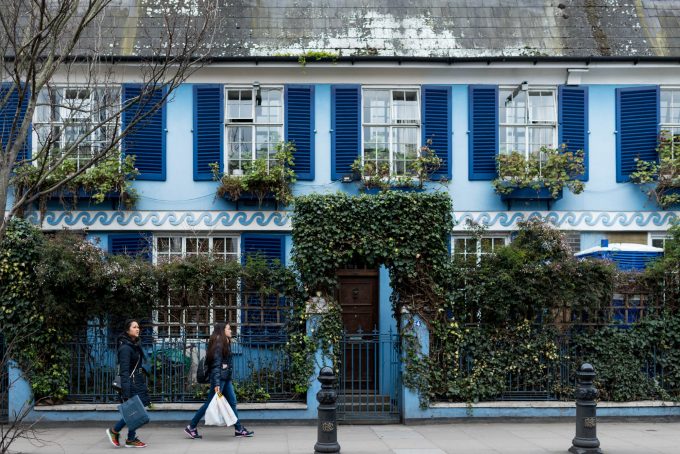
The 35mm is a versatile lens
The versatility of this lens is outstanding! The 35mm will allow you to take a beautiful family photo, a dramatic landscape shot, or just chasing your kids around. With the shallow depth of field the 35mm it will give you a that beautiful blurred background we all desire.
Great for travel
Love to travel? The 35mm is small and compact therefor it makes for a great travel companion. That being said it will not bulk up your bag since it is a smaller prime lens.
If you are into street photography, the 35mm does a the job of capturing the whole scene.
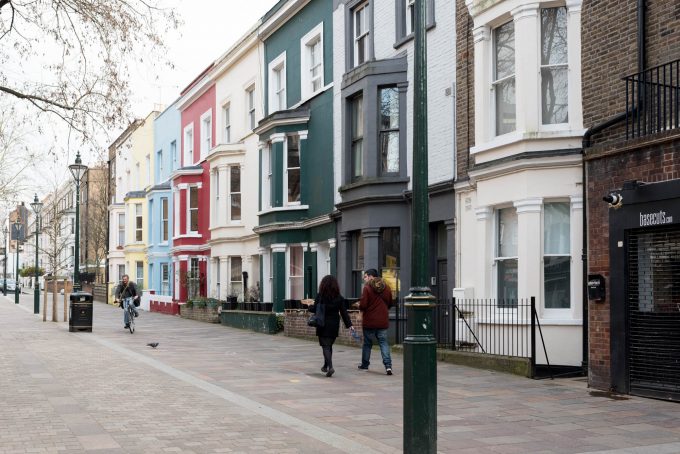
Best for indoor photography
The 35mm is usually preferred over the 50mm for indoor shooting provided it can fit more in the frame and sometimes you are cramped for space indoors.
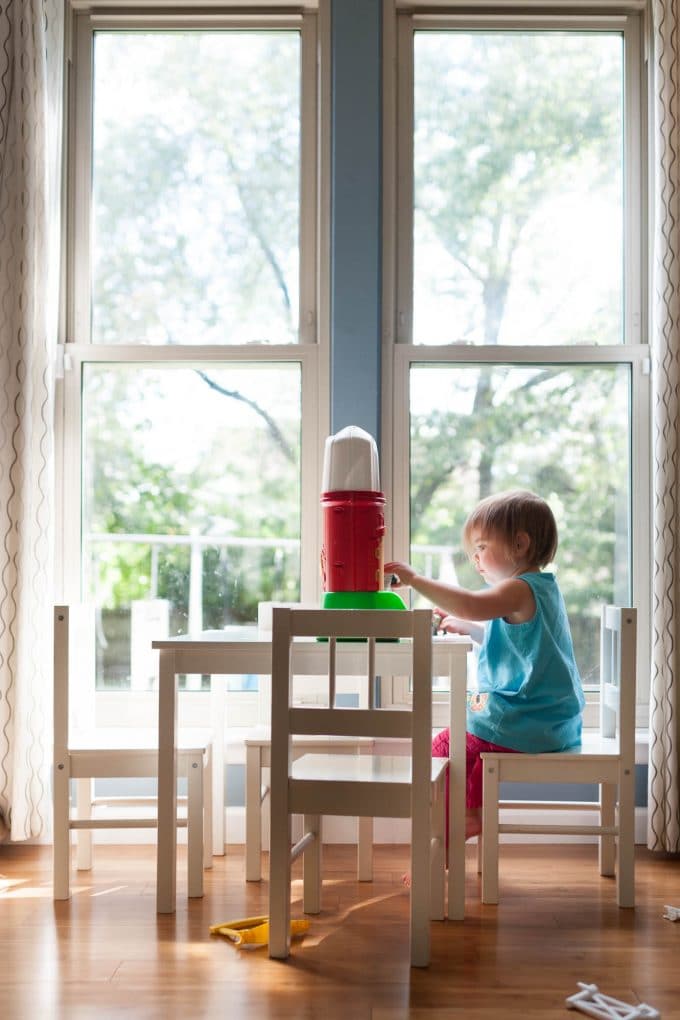
Read more: Peek Inside My Camera Bag
50mm Pros
The Nifty Fifty is what you will often hear this lens called. The 50mm is also a prime lens that does a great job capturing beautiful photos.
Best for portraits
Portraits and close ups are nifty fifty’s best friend. The 50mm has the ability to clearly show people how they actually look.
This would be a great lens for newborn photography, see more about why here.

Cost effective
If you are on a budget this lens is the more affordable option. Reasonable price for a hardworking lens.
Best for food photography
Many food photographers love this prime lens due to how versatile it is and the overhead shots are always beautiful.
You’ll never take it off
The 50mm is small and compact, therefor it is ideal to keep on your camera for every day use. In the same hand, if you want to travel with it there is not much weight to it unlike other larger lenses.
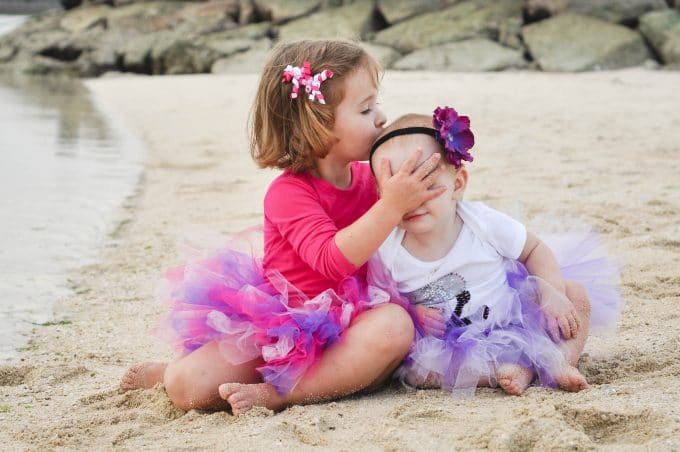
Which lens 35mm vs 50mm is right for you?
First do you have a crop sensor or a full frame? If I were you, I would take into account the crop factor. If you have a crop sensor you might consider the 35mm as it is more like a 52mm. The 50mm will be more like a 75mm.
That being said it is really up to what focal length you would rather have if you are deciding on the 35mm vs 50mm lens.
If you have a full frame then you have to decide what you are more interested in shooting.
See what people are saying: Most Popular Lenses
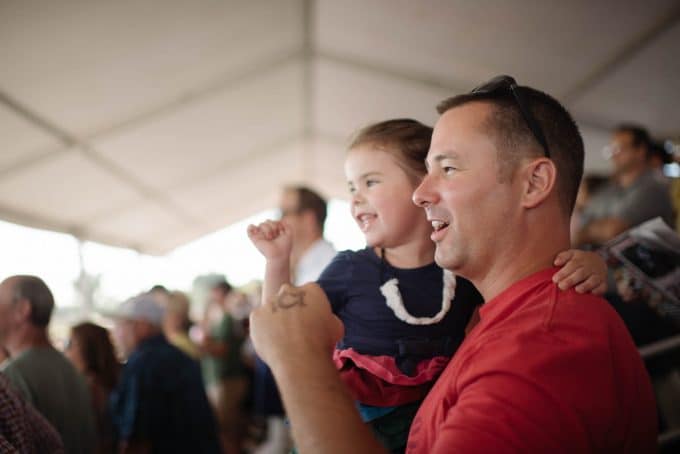
Best prime lens to buy
There are pros for all prime lenses. Knowing your photography style you can narrow down what will be most beneficial for you.
The most common prime lenses are the 24mm, 35mm, 50mm, and the 85mm.
Quick lens overview
The 24mm is great for landscapes.
The 35mm is a very versatile lens that allows for many different shots.
The 50mm takes beautiful sharp images and similarly is very versatile.
The 85mm is a portrait photographers dream, up close and personal.
See a full Lens Comparison here.
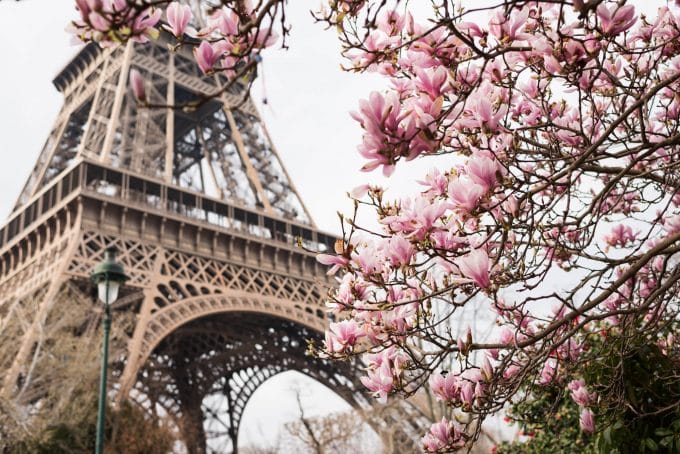
How do I choose between the 35mm vs 50mm lens?
First you need to know what kind of camera you have, a full frame or a crop sensor. The focal length is changed so much with a crop sensor, therefore that will become a big factor.
What is your photography style?
Next decide where you spend most of your time shooting. Are you indoors a lot chasing kids? Like to take landscapes? Or do you have plenty of space and tend to take more close ups and portraits?
Knowing what you enjoy taking photos of will help you decide.
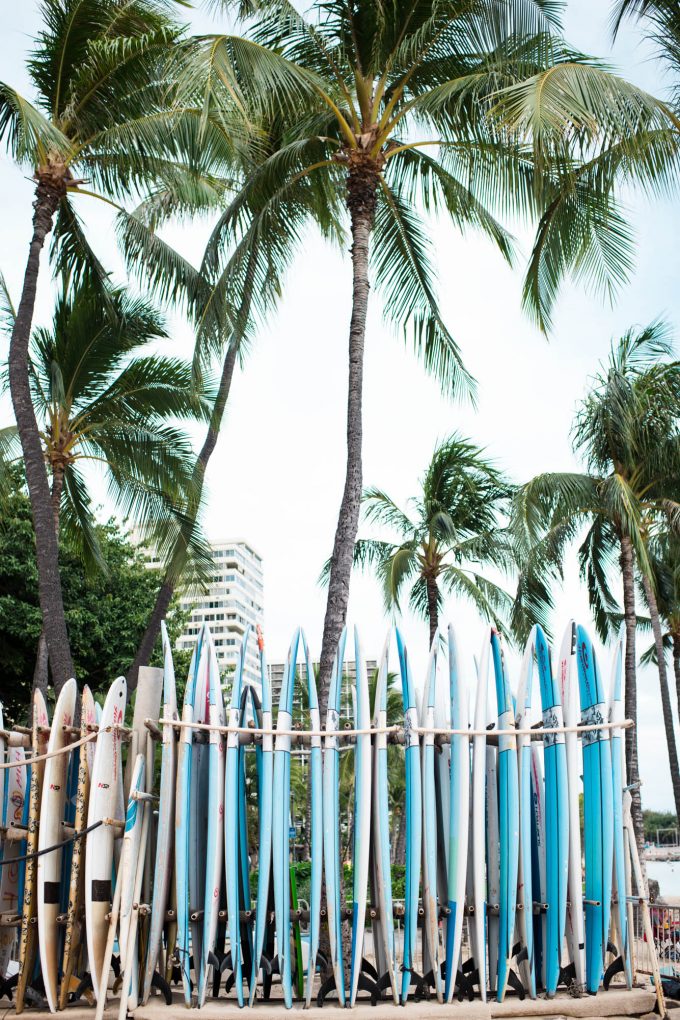
What is your budget?
Another deciding factor can be your budget. A new 35mm will be the more expensive option over the 50mm.
Decide what aperture you desire so you can see prices better since both lens have a F/ 1.4 option and a F/ 1.8 .
Do you have a Canon?
Canon users keep in mind that many entry level Canons will not manual focus with the 50mm D lens. You will have to get the 50mm G if you have one of those cameras.
Here is another lens comparison just for you! Canon Lens Comparison
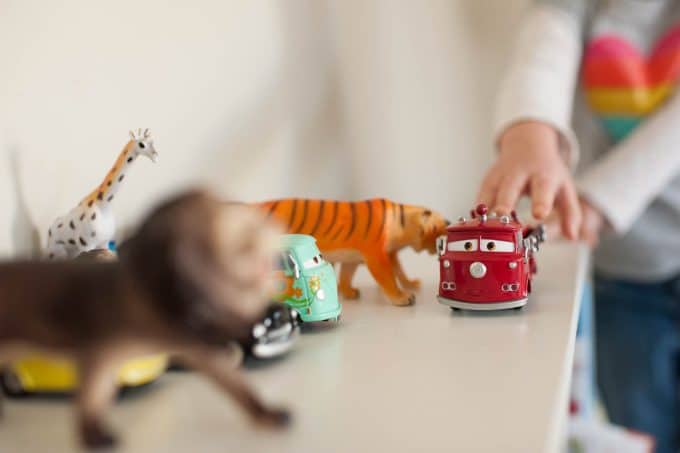
Check compatibility
Check camera and lens compatibility to make sure the lens you want works with your camera. See Nikons compatibility chart here. See Canons compatibility here.
Try renting a lens to compare 35mm vs 50mm
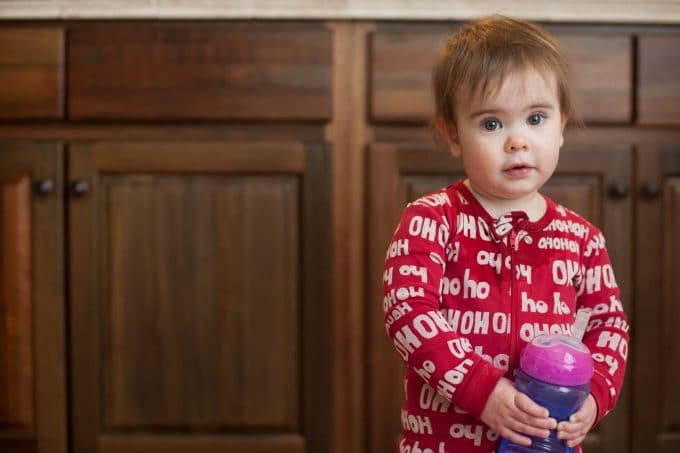
If you still aren’t sure, or you are more of a hands on buyer, one thing to consider is a lens rental. You can rent both lenses and try them out before you commit to buying one.
35mm vs 50mm: You can’t go wrong
In conclusion, you wont make a wrong choice when choosing between the 35mm vs 50mm prime lens. They are both great all around lenses that every photographer should have in their bag.
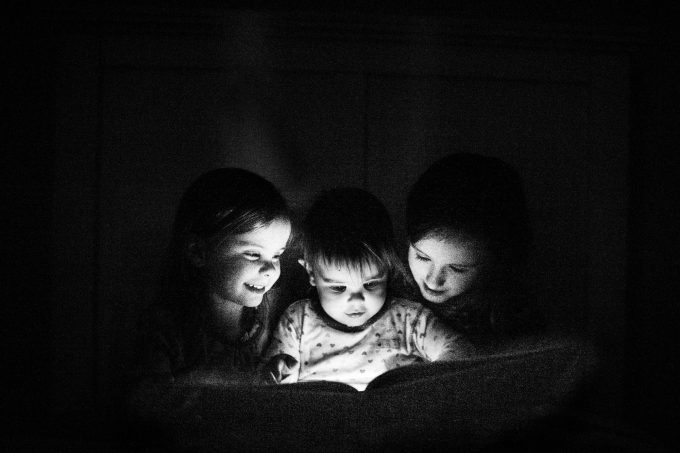
Frequently asked questions about the 35mm vs 50mm
The 35mm lens is a commonly used and preferred lens because of how many different photography styles it can cover. All while maintaining great quality photos.
You can capture a beautiful landscape shot then turn around and snap a portrait with a nice bokeh.
It is also popular to use indoors as it allows you to capture what you see without too much distortion.
This is really up to the photographer. Both lens provide quality photographs and have great pros and minimal cons.
Most photographers do not find enough of a difference in the lens to have and use both regularly. While there are differences, it isn’t the same as comparing a 35mm to an 85mm.
The 50mm lens is a small prime lens. It has also been around for a while now. So it is an established well build lens but not big in size.
The 50mm is better suited for portraits and preferred by many photographers. It also has less distortion around the edges.
Remember if you have a crop sensor you might take into account that the focal length of a 35mm will be about the same as a 50mm. That being said if you are trying to take portraits in a tighter space, you are going to need more space with the 50mm.
Read more: What Lens Should I Buy First
This comes down to your photography style. What one photographer may love about the focal length is what another photographer can’t stand.
Do you prefer photos that are more close up? Do you shoot more outdoors? If so, the 50mm is probably the better focal length for you.
Do you prefer photos that include more of the environment? Do you find yourself shooting indoors more? Many photographers prefer the 35mm because it is not as tight when shooting in indoor locations.

Want to dig deeper into lens?
We have a 6 part series all about lenses start here:
Everything you need to know
Go-To Camera Lenses
Leave me a comment below telling me which lens you love and why. I can’t wait to hear from you!







I’m not sure which I would prefer. I tend to take a lot of food pictures which would be inside. I love the blur in the distance to really highlight what is on the plate.
I would also like to capture outdoor views of travel destinations.
I love this post – so helpful and really appreciate all the details and comparisons!
I loved you advices and tips! It will help me a lot